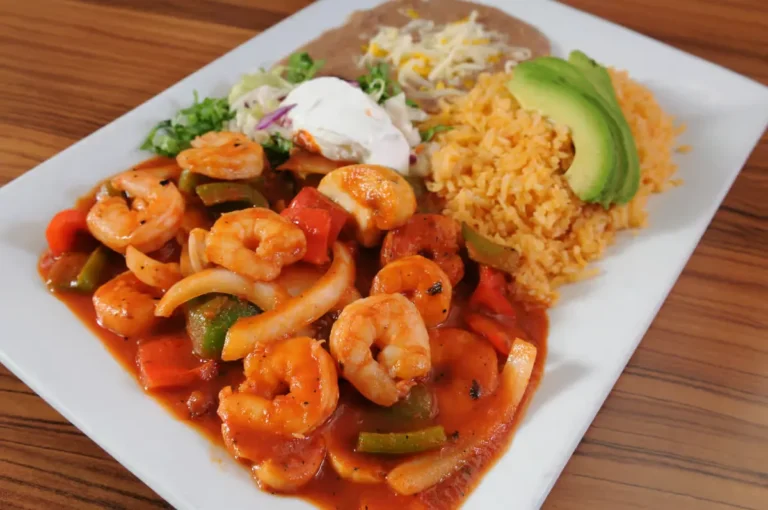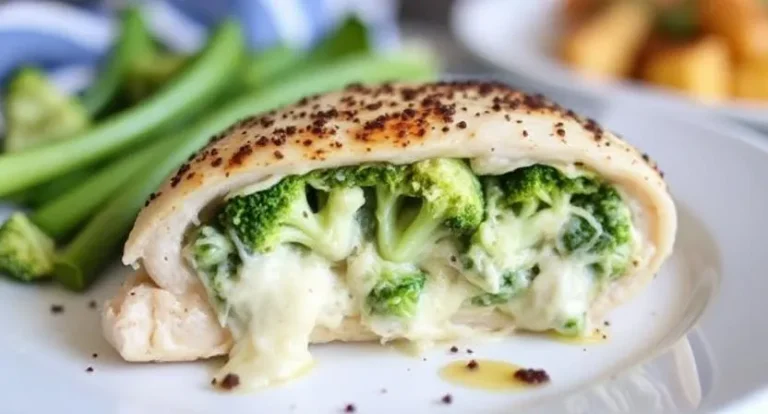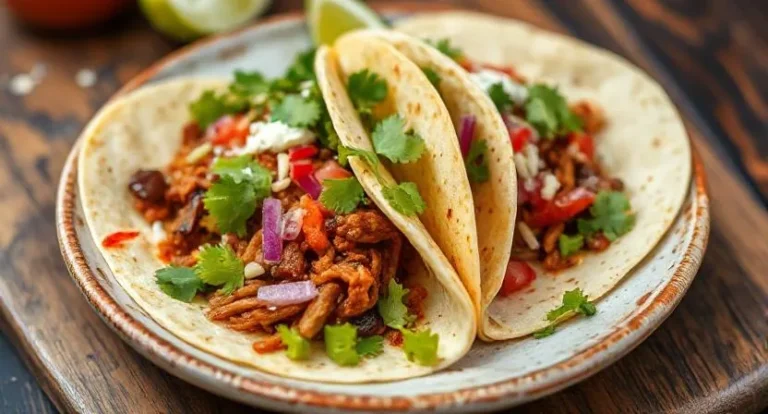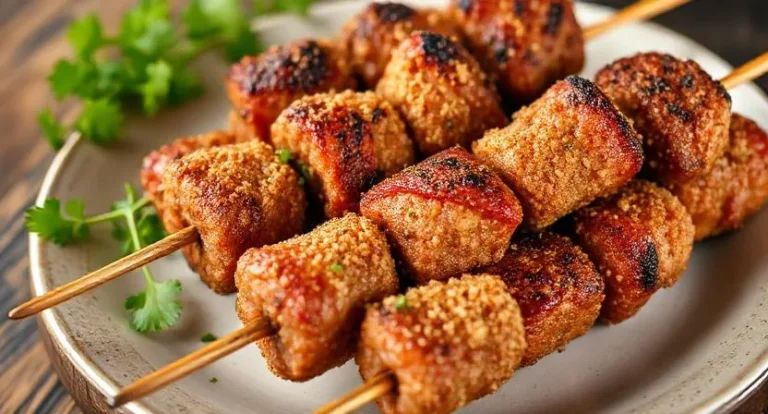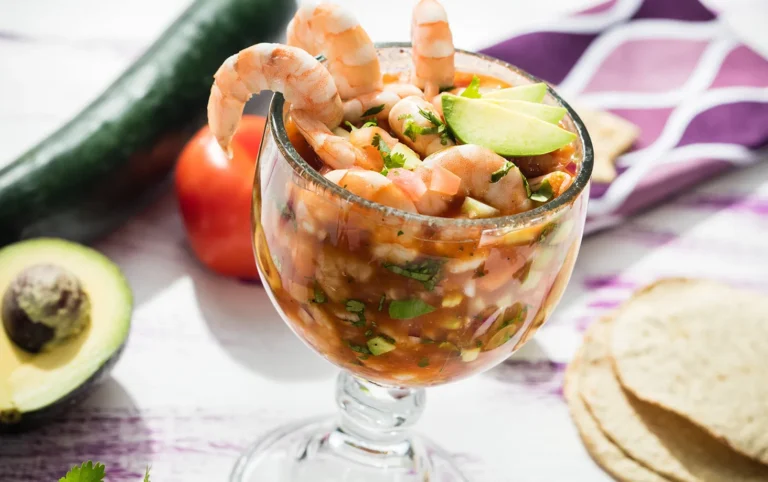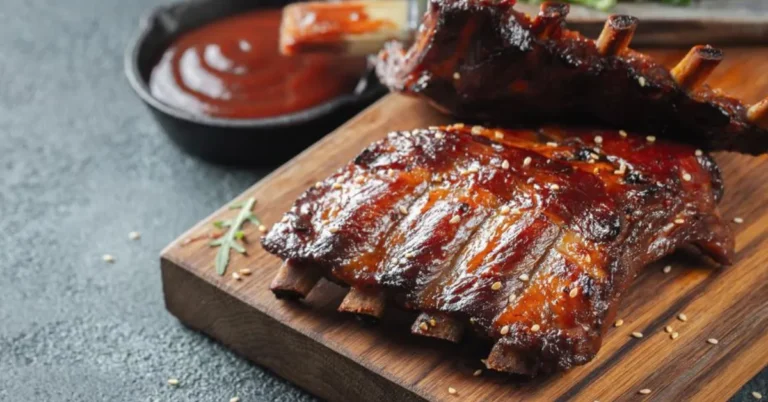Vegan Coconut Curry
There’s something soul-soothing about a bowl of Vegan Coconut Curry. Luxurious, aromatic, and rich in flavor, it’s more than just a meal—it’s a reflection of global culinary harmony. Blending the indulgence of coconut milk with garden-fresh vegetables and soul-lifting spices, this dish draws its essence from Southeast Asian and Indian roots. It’s comfort food with culture in every bite.
Loved for its adaptability, coconut curry can swing from mellow to fiery, from veggie-packed to protein-loaded. The scent of simmering spices curling through the air makes this a frequent flyer in my kitchen repertoire.
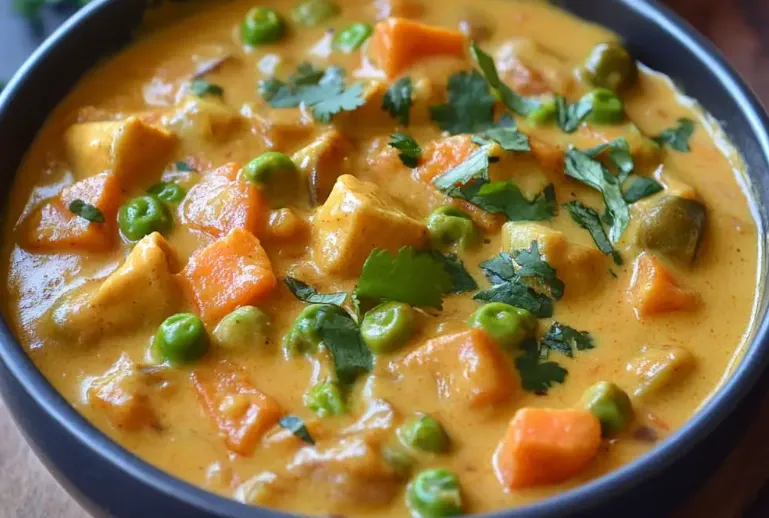
What Makes It Unforgettable
The soul of this curry lies in its layers—creamy coconut milk harmonizes beautifully with ginger, garlic, and a touch of chili. A fresh handful of cilantro and basil finishes the dish with brightness that cuts through the richness. Toasting your spices before they hit the pot is a game-changer—it awakens the aromatics and intensifies the flavor depth, crafting a taste journey that’s nothing short of enchanting.
Ingredients You’ll Need
- 1 tbsp coconut oil
- 1 medium onion, diced
- 3 cloves garlic, minced
- 1 tbsp grated fresh ginger
- 1 red bell pepper, diced
- 1 cup sliced carrots
- 1 cup broccoli florets
- 1 (14 oz) can full-fat coconut milk
- 2 tbsp red curry paste
- 1 tbsp soy sauce (or tamari for gluten-free)
- 1 tbsp maple syrup or agave nectar
- Salt and black pepper, to taste
- 1 cup vegetable broth
- 2 cups cooked chickpeas or kidney beans
- Juice of 1 lime
- Fresh cilantro, chopped (for garnish)

Method: How to Craft It
- Warm coconut oil in a large pot over medium heat. Sauté onions until translucent.
- Stir in garlic and ginger; cook for about 1 minute until fragrant.
- Add bell pepper, carrots, and broccoli. Sauté for 5–7 minutes until slightly tender.
- Mix in red curry paste, coating the veggies thoroughly.
- Pour in coconut milk and vegetable broth. Add soy sauce and maple syrup. Stir to blend.
- Let the curry simmer for 10–15 minutes to marry the flavors.
- Toss in the chickpeas. Simmer for another 5 minutes.
- Season with salt, pepper, and a squeeze of lime.
- Garnish with cilantro and serve piping hot with your favorite side.
Time, Calories, and Yield
- Prep Time: 10 minutes
- Cook Time: 30 minutes
- Total Time: 40 minutes
- Calories: ~350 per serving
- Servings: 4
Nutritional Snapshot (Per Serving)
- Calories: 350
- Protein: 12g
- Carbs: 45g
- Fat: 15g
- Sugars: 8g
- Fiber: 10g
- Vitamins: Rich in Vitamin A & C
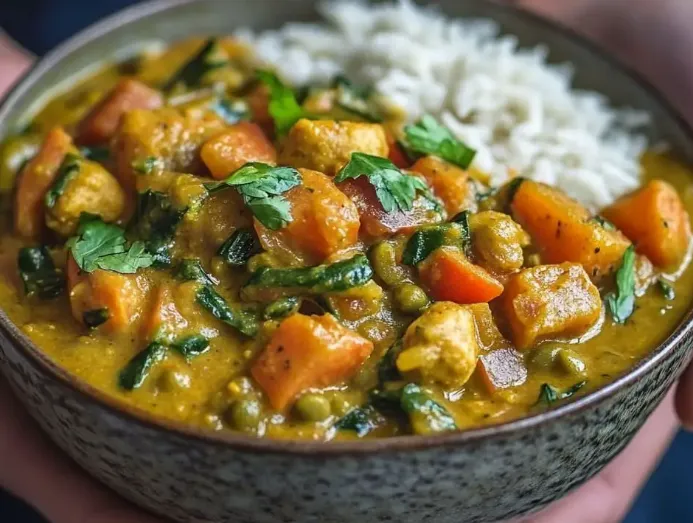
Storage Tips
Refrigerate leftovers in an airtight container for up to 4 days. Want to store it longer? Freeze for up to 3 months. When ready to enjoy again, thaw overnight in the fridge and gently reheat.
Pro Tips for Curry Perfection
- Toast Spices: Coax out bold flavor by toasting spices before adding liquids.
- Go Fresh: Fresh veggies and herbs amplify both taste and texture.
- Add Lime Last: A final splash of lime juice brightens every bite.
- Customize It: No chickpeas? Sub in lentils, tofu, or tempeh.
- Mix It Up: Don’t stress the veggies—whatever you have on hand works beautifully.
Flavorful Variations to Try
- Thai Green Curry: Swap red curry paste for green to change the vibe.
- Sweet Potato Version: Add diced sweet potatoes for sweet-meets-savory magic.
- High-Protein Boost: Mix in tempeh or shelled edamame for extra oomph.
- Yellow Curry Spin: Try yellow curry paste with potatoes for a golden, creamy touch.
- Extra Heat: Add more chili flakes or fresh chilies if you’re a spice enthusiast.
Perfect Pairings
- Basmati Rice: A classic canvas for soaking up curry richness.
- Quinoa: Adds a protein punch and a subtle nutty note.
- Roti or Naan: Ideal for scooping every last bit of sauce.
- Fresh Salad: A tangy cucumber or greens salad balances the warmth.
- Drinks: Pair with mango lassi, sparkling water, or chilled coconut water.
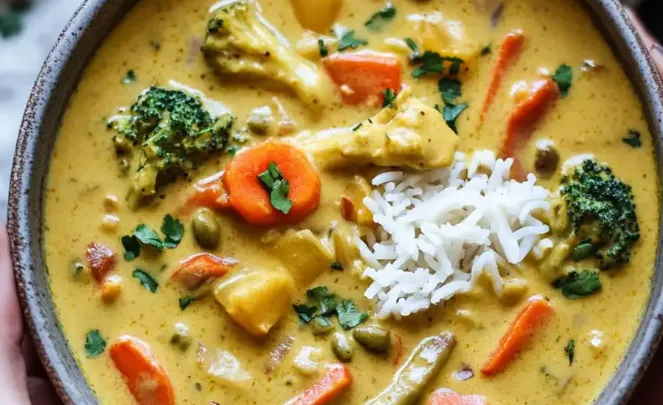
Frequently Asked Questions
1. Can I use light coconut milk?
Yes! The flavor stays intact, though it’ll be slightly less creamy.
2. Is this curry spicy?
It’s up to you—reduce curry paste for a milder version.
3. Can I make this ahead?
Definitely! It’s even better the next day after the flavors meld.
4. Substitute for coconut milk?
Almond or soy milk can work, but coconut milk offers the richest texture.
5. How to keep it gluten-free?
Use tamari in place of soy sauce and double-check packaged ingredients.
Conclusion
Vegan Coconut Curry is more than just a comforting recipe—it’s a soulful journey of spices, textures, and nourishing ingredients. It’s a dish that invites creativity and rewards experimentation. Whether you enjoy it fiery and bold or mellow and soothing, this curry adapts to your palate. Cook it once, and you’ll find it becoming a cherished staple in your kitchen, just as it has in mine.

